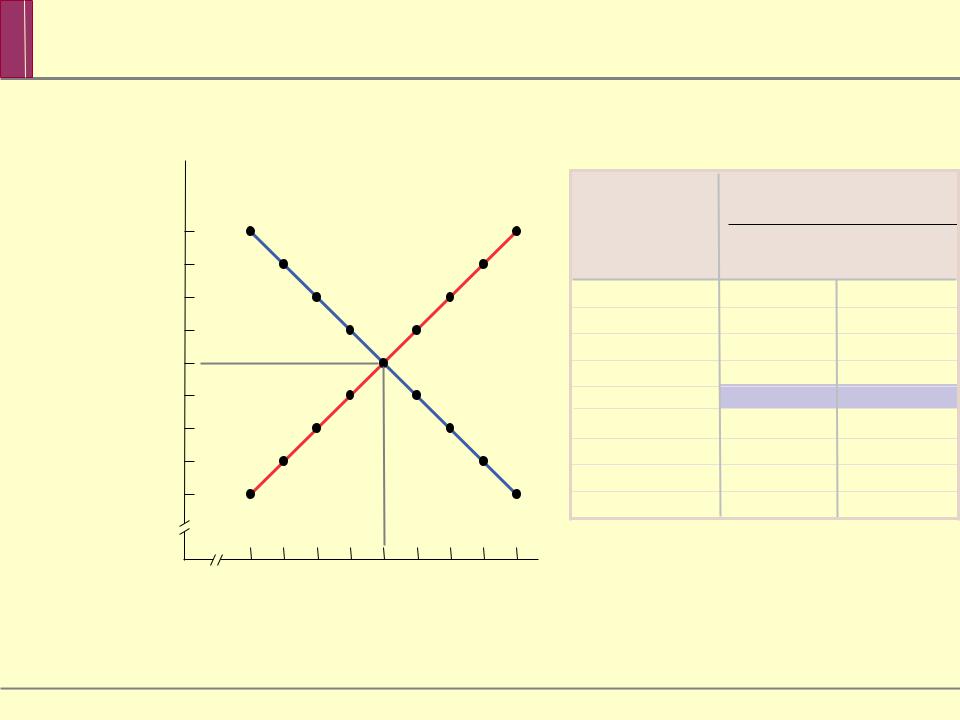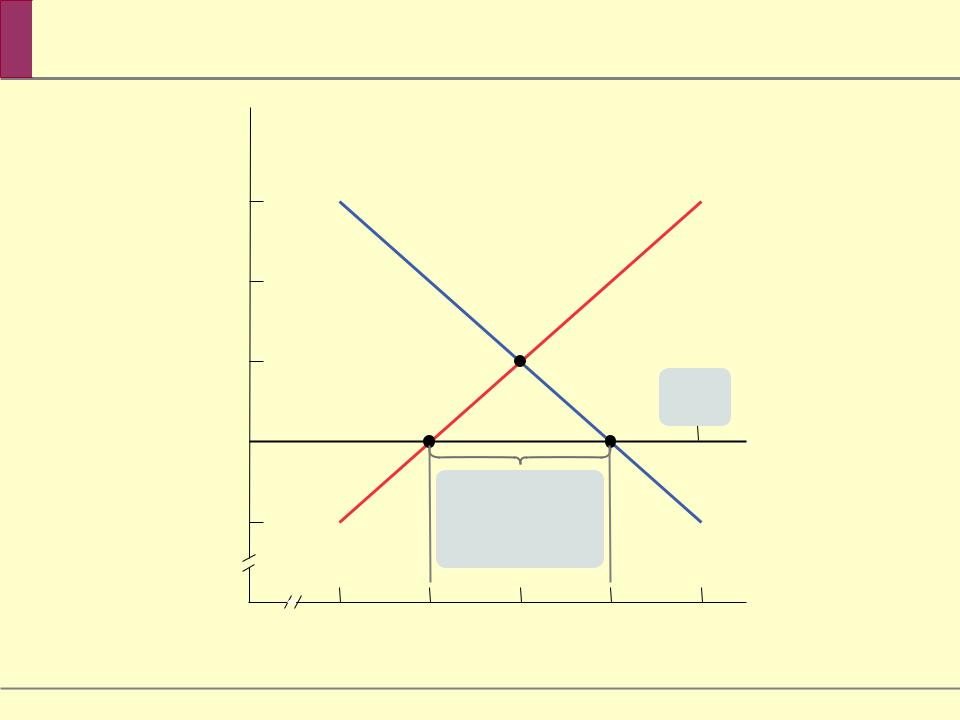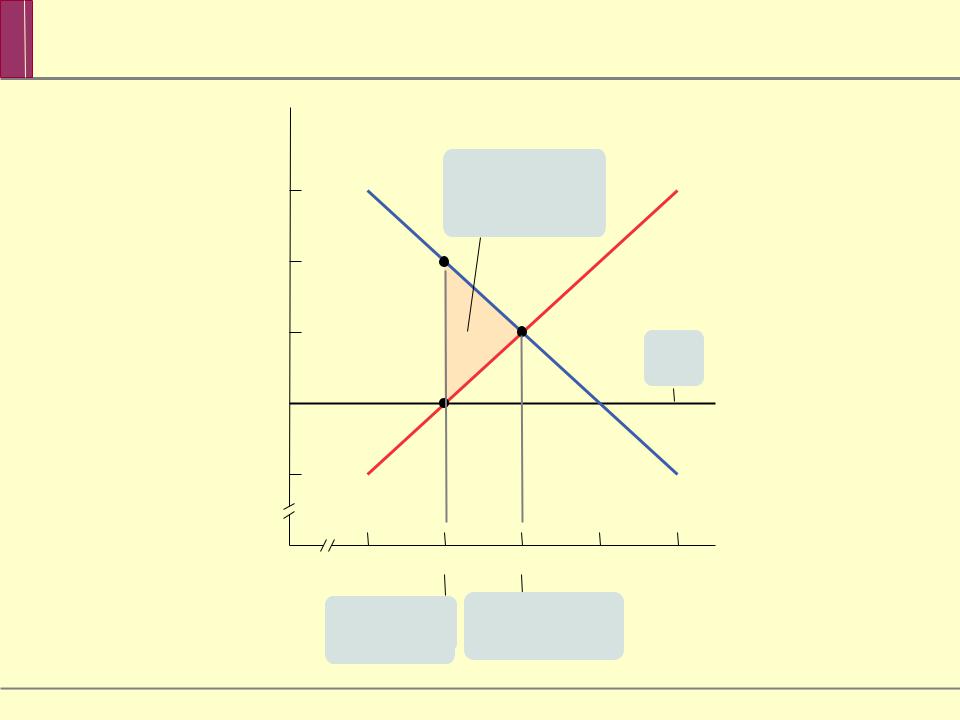
Lectures_micro / Microeconomics_presentation_Chapter_5
.pdf
chapter:
5
>> Market Strikes Back
Krugman/Wells
Economics
©2009 Worth Publishers

WHAT YOU WILL LEARN IN THIS CHAPTER
The meaning of price controls and quantity controls, two kinds of government interventions in markets.
How price and quantity controls create problems and can make a market inefficient.
What deadweight loss is.
Why the predictable side effects of intervention in markets often lead economists to be skeptical of its usefulness.
Who benefits and who loses from market interventions, and why they are used despite their well-known problems.


 Why Governments Control Prices
Why Governments Control Prices
The market price moves to the level at which the quantity supplied equals the quantity demanded. BUT this equilibrium price does not necessarily please either buyers or sellers.
Therefore, the government intervenes to regulate prices by imposing price controls, which are legal restrictions on how high or low a market price may go.
Price ceiling is the maximum price sellers are allowed to charge for a good or service.
Price floor is the minimum price buyers are required to pay for a good or service.


 Price Ceilings
Price Ceilings
Price ceilings are typically imposed during crises because these events often lead to sudden price increases that hurt many people but produce big gains for a lucky few.

The Market |
in |
Government Controls |
|
Monthly rent (per apartment)
Monthly rent
(per apartment)
E
D
0
Quantity of apartments
(millions)
Quantity Quantity demanded supplied
of


 The Effects of a
The Effects of a
Monthly rent (per apartment)
$1,400
1,200
Price ceiling
Housing shortage of 400,000 apartments caused by
price ceiling
0 |
1.6 |


 How Price Ceilings Cause Inefficiency
How Price Ceilings Cause Inefficiency
Inefficiently Low Quantity
Deadweight loss is the loss in total surplus that occurs whenever an action or a policy reduces the quantity transacted below the efficient market equilibrium quantity
Inefficient Allocation to Customers Wasted Resources
Inefficiently Low Quality
Black Markets

A Price Ceiling |
Quantity |
Monthly rent (per |
|
Price ceiling
600
0
Quantity supplied without rent control

Losers
(a) Before Rent Control
Monthly rent (per apartment)
0 |
1.6 |
1.8 |
2.0 |
2.2 |
2.4 |
Quantity of apartments (millions)
Monthly rent (per apartment)
Consumer
surplus
Consumer surplus transferred from producers
ceiling
Producer Deadweight surplus loss
0
Quantity of apartments (millions)


 How Price Ceilings Cause Inefficiency
How Price Ceilings Cause Inefficiency
Price ceilings often lead to inefficiency in the form of inefficient allocation to consumers: people who want the good badly and are willing to pay a high price don’t get it, and those who care relatively little about the good and are only willing to pay a low price do get it.
Price ceilings typically lead to inefficiency in the form of wasted resources: people expend money, effort and time to cope with the shortages caused by the price ceiling.
Price ceilings often lead to inefficiency in that the goods being offered are of inefficiently low quality: sellers offer low-quality goods at a low price even though buyers would prefer a higher quality at a higher price.
